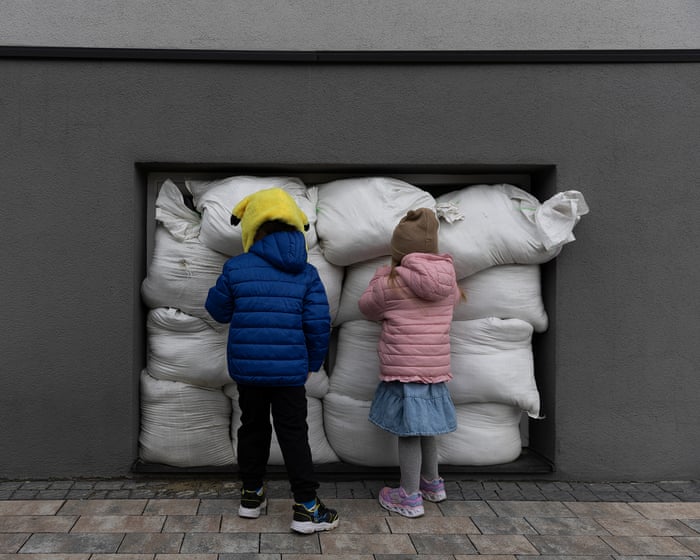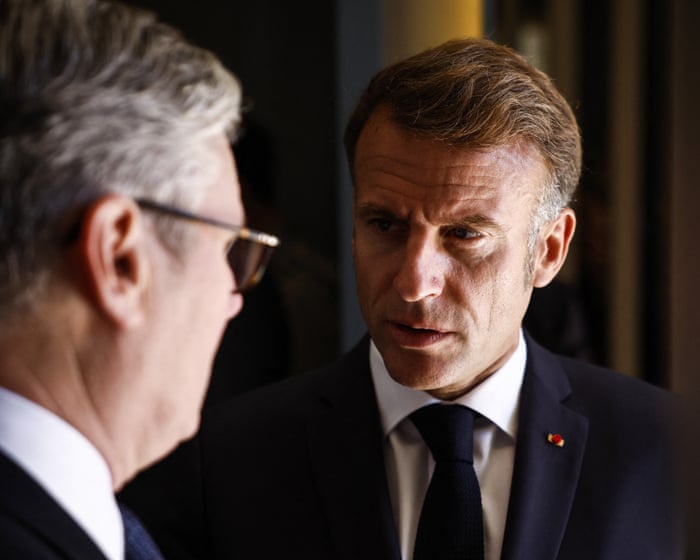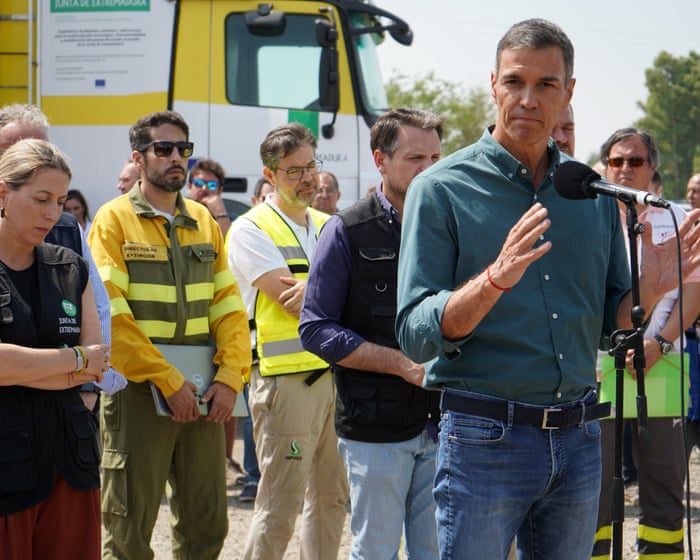On the night of May 18, four-year-old Mark Ifiemenko was at home with his parents in Vasylkiv, a town near Kyiv. When explosions shook their two-story house, Mark’s mother quickly took him downstairs with his grandparents.
That night, Russia launched one of its largest attacks since the full-scale invasion began, sending over 270 drones and missiles into Ukrainian airspace.
The family hid in what they thought was the safest room—one shielded by at least two walls from the outside, a survival tactic Ukrainians have learned. Meanwhile, Mark’s father, Sergey, ran to the kitchen to shut off the gas. As he did, a Shahed drone—about the size of a small car—struck their home.
“There was smoke and dust everywhere—I couldn’t even breathe,” says Sergey, 31, who had just returned from the frontlines the week before. “I called out to my family and ran to the room where they were hiding. First, I saw my injured parents. When I asked where Anna [his wife] and Mark were, my mother said Anna was gone. I shined my flashlight and saw my wife’s body… A drone fragment had pierced her head. Even in death, she was curled around Mark, protecting him as he cried.”
After pulling Mark from his mother’s arms, Sergey rushed him to a relative’s house amid ongoing attacks before returning to help his parents. The next morning, Mark was taken to Kyiv’s Ohmatdyt Children’s Hospital, where he spent 10 days in intensive care, mostly in a coma.
Mark survived thanks to his mother’s quick actions, but his injuries will take years to heal. He suffered a fractured skull, a crushed nose, and lost vision in one eye.
Child casualties in Ukraine have risen sharply as Russia targets civilian areas. From March to May this year, 222 children were killed or injured, with 2,889 total since the invasion began. The UN warns the actual number is likely much higher due to delays in reporting.
Ukrainian rights groups argue these attacks are deliberate and demand stronger international condemnation. “Under international law, targeting civilian infrastructure—especially schools, hospitals, and places with children—is a war crime,” says Daria Kasyanova of the Ukrainian Child Rights Network.
Amnesty International has documented “numerous indiscriminate Russian attacks in Ukraine, causing thousands of civilian casualties,” stating that such strikes “constitute war crimes.”
Even if the war ends, Ukraine now has one of the highest concentrations of unexploded bombs and landmines globally, posing a long-term threat, especially to children.
For survivors like Mark, the physical and emotional scars are life-altering. A recent UNICEF survey found at least one in five Ukrainian children has lost a loved one in the war.
“He asks about his mother and misses her terribly,” Sergey says. “I told him the truth. I don’t know how much he understands, but he knows she’s gone.”She loved him deeply and did everything to make him happy. I believe she has become his guardian angel.
Sergey shares that his son struggles with sleep, learning, and development, in addition to regular hospital visits for his injuries and a recent prosthetic eye fitting. “It’s very hard for him—he’s just a child. Loud noises frighten him, even flinching at sounds that resemble drones.”
In 2022, to mark International Children’s Day in Lviv, stuffed toys were placed on empty yellow school buses, symbolizing Ukrainian children killed in the war with Russia.
Kasyanova, who also works at a shelter for children without parents or guardians, explains the war’s far-reaching impact on Ukrainian children. “Beyond the rising casualties, they’re losing safety, stability, and any sense of normalcy. Their childhoods are defined by fear, separation, and uncertainty.”
For millions of children, both home and school life have been shattered. Those under three have known nothing but bombings, violence, and displacement. “Ukrainian children have been learning online for three or even four years straight because schools are destroyed, damaged, or too dangerous due to constant shelling. This is deeply traumatizing,” says Kasyanova.
For some, the war has lasted even longer—over 11 years since Russia first invaded eastern Ukraine. “There are children and teens who’ve never known peace—born into conflict or raised in war. Their idea of childhood is shaped by loss, displacement, deportation, fear, and instability.”
If left unaddressed, she warns, this trauma could harm their ability to learn, form relationships, and trust others—even affecting future generations.
Sergey, now home from the frontlines to care for his son, wants only to bring happiness to Mark’s life despite his injuries. “No Ukrainian child should grow up in war. They’ve done nothing to deserve being killed or hurt like this.”
In another heartbreaking image from 2022, nine-year-old Antonina peers through a shrapnel-shattered window after an online lesson on the first day of school.




